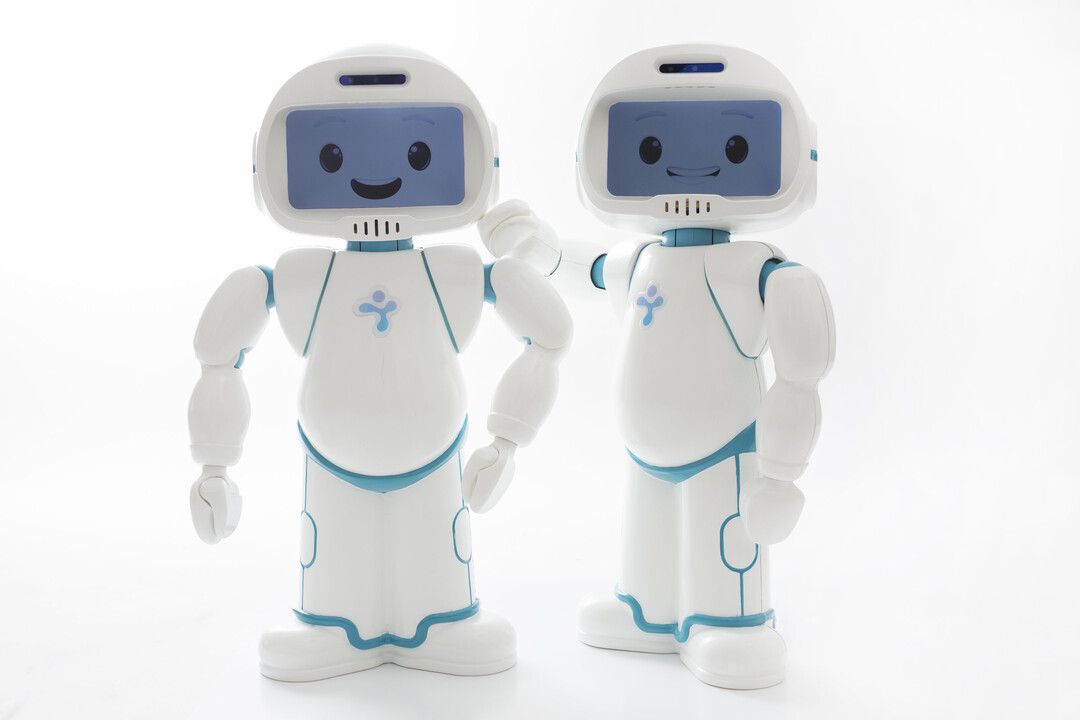-
Ροή Δημοσιεύσεων
- ECOSYSTEM
- ΑΝΑΚΆΛΥΨΕ
-
Σελίδες
-
Ομάδες
-
Events
-
Blogs
The Future of Play: An Introduction to Interactive Smart Toys

In the digital age, the world of children's play is undergoing a profound and interactive transformation, driven by the emergence of Smart Toys. These are not your traditional, passive playthings; they are technologically advanced toys that are embedded with microprocessors, sensors, and connectivity, allowing them to interact with a child and their environment in a dynamic and intelligent way. This can range from a plush toy that can recognize and respond to a child's voice to a building block set that can be programmed and controlled via a tablet app. By blending the physical and digital worlds, smart toys are creating a new and highly engaging form of "phygital" play that is more personalized, more educational, and more interactive than ever before, fundamentally reshaping the future of the toy industry.
This technological revolution in the playroom is the foundation of a market of immense scale and explosive potential. The Smart Toys Market size is on a trajectory of hyper-growth, with its valuation projected to grow to a colossal USD 107.61 billion by the year 2030. This monumental expansion will be powered by an extraordinary compound annual growth rate (CAGR) of 24.71% during the 2024-2030 forecast period. This powerful financial momentum is a direct reflection of the growing demand from parents for toys that are not just fun but also educational, and the increasing comfort of a new generation of digitally native children with interactive, technology-driven play. As technology becomes more deeply embedded in our daily lives, so too will it in the world of play.
The benefits of smart toys are centered on their ability to provide a more personalized and educational play experience. By adapting to a child's skill level and providing real-time feedback, these toys can create a more effective and engaging learning environment, particularly in the area of STEM (Science, Technology, Engineering, and Math) education. Programmable robots and coding toys, for example, are a powerful and fun way to introduce children to the fundamental concepts of computer programming. The interactive nature of these toys can also help to develop a child's social and emotional skills, with toys that can engage in conversation and respond to a child's emotions. This blend of entertainment and education, often called "edutainment," is a key part of their appeal to modern parents.
However, the rise of smart toys is not without its challenges and concerns. The primary issues are around data privacy and security. As these toys are connected to the internet and are often equipped with microphones and cameras, they collect a significant amount of data about the child and their home environment. This has raised significant concerns among parents and regulators about how this data is being collected, used, and protected from hackers. The future success of the smart toy industry will be critically dependent on its ability to address these concerns and to build a strong foundation of trust with parents by prioritizing the safety and privacy of the children who are their ultimate end-users.
Explore Our Latest Trending Reports:
India Geospatial Imagery Analytics Market
- Art
- Causes
- Crafts
- Dance
- Drinks
- Film
- Fitness
- Food
- Παιχνίδια
- Gardening
- Health
- Κεντρική Σελίδα
- Literature
- Music
- Networking
- άλλο
- Party
- Religion
- Shopping
- Sports
- Theater
- Wellness


